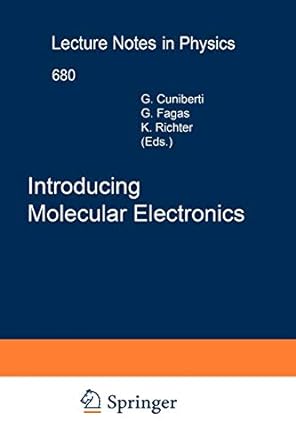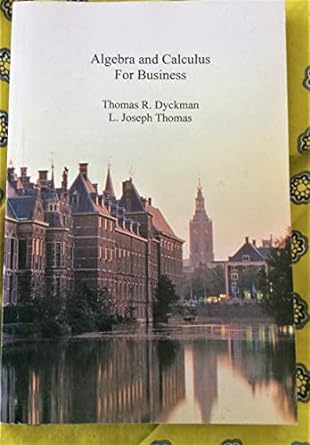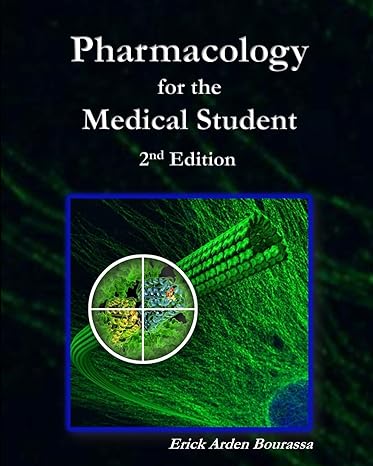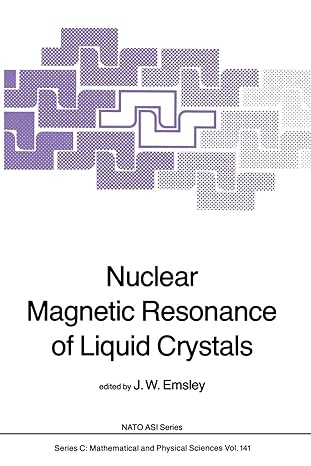Go back


Introducing Molecular Electronics(1st Edition)
Authors:
Gianaurelio Cuniberti ,Giorgos Fagas ,Klaus Richter

Cover Type:Hardcover
Condition:Used
In Stock
Include with your book
Free shipping: April 13, 2024Popular items with books
Access to 3 Million+ solutions
Free ✝
Ask 10 Questions from expert
200,000+ Expert answers
✝ 7 days-trial
Total Price:
$0
List Price: $51.21
Savings: $51.21(100%)
Book details
ISBN: 3642066283, 978-3642066283
Book publisher: Springer
Get your hands on the best-selling book Introducing Molecular Electronics 1st Edition for free. Feed your curiosity and let your imagination soar with the best stories coming out to you without hefty price tags. Browse SolutionInn to discover a treasure trove of fiction and non-fiction books where every page leads the reader to an undiscovered world. Start your literary adventure right away and also enjoy free shipping of these complimentary books to your door.
Introducing Molecular Electronics 1st Edition Summary: Klaus von Klitzing Max-Planck-Institut fur ¨ Festk¨ orperforschung, Heisenbergstraße 1, 70569 Stuttgart, Germany Already many Cassandras have prematurely announced the end of the silicon roadmap and yet, conventional semiconductor-based transistors have been continuously shrinking at a pace which has brought us to nowadays cheap and powerful microelectronics. However it is clear that the traditional scaling laws cannot be applied if unwanted tunnel phenomena or ballistic transport dominate the device properties. It is generally expected, that a combination of silicon CMOS devices with molecular structure will dominate the ?eld of nanoelectronics in 20 years. The visionary ideas of atomic- or molecular-scale electronics already date back thirty years but only recently advanced nanotechnology, including e.g. scanning tunneling methods and mechanically controllable break junctions, have enabled to make distinct progress in this direction. On the level of f- damentalresearch,stateofthearttechniquesallowtomanipulate,imageand probechargetransportthroughuni-molecularsystemsinanincreasinglyc- trolled way. Hence, molecular electronics is reaching a stage of trustable and reproducible experiments. This has lead to a variety of physical and chemical phenomena recently observed for charge currents owing through molecular junctions, posing new challenges to theory. As a result a still increasing n- ber of open questions determines the future agenda in this ?eld.
Customers also bought these books
Frequently Bought Together
Top Reviews for Books
Johnny Ortiz
( 4 )
"Delivery was considerably fast, and the book I received was in a good condition."










